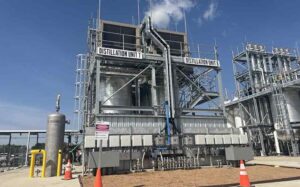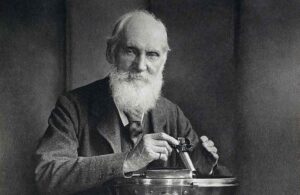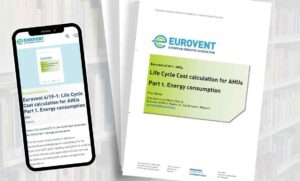Device that cools and makes energy
14th November 2018
USA: Scientists at Stanford University, California, have built a device that has the potential to generate electricity and, at the same time, cool buildings.
Using solar generated electricity to power cooling systems is not new, but the Stanford scientists claim to have demonstrated that heat from the sun can be collected to produce power, while simultaneously producing cooling.
“We’ve built the first device that one day could make energy and save energy, in the same place and at the same time, by controlling two very different properties of light,” said Stanford electrical engineer Shanhui Fan.
The sun-facing layer of the device is made of the same semiconductor materials that have long adorned rooftops to convert visible light into electricity. The novelty is said to lie in the device’s bottom layer, which is based on materials that can beam heat away from the roof and into space through radiative cooling.
Radiative cooling doesn’t work well for something like a building because Earth’s atmosphere acts like a thick blanket and traps the majority of the heat near the building rather than allowing it to escape, ultimately into the vast coldness of space. Fan’s cooling technology takes advantage of the fact that this thick atmospheric blanket essentially has holes in it that allow a particular wavelength of infrared light to pass directly into space.
Fan has previously developed materials that can convert heat radiating off a building into the particular infrared wavelength that can pass directly through the atmosphere. These materials release heat into space and could save energy that would have been needed to air condition a building’s interior. That same material is what Fan placed under the standard solar layer in his new device.
Researchers have built a prototype about the diameter of a pie plate and mounted their device on the rooftop of a Stanford building. They compared the temperature of the ambient air on the rooftop with the temperatures of the top and bottom layers of the device. The top layer device was hotter than the rooftop air, which made sense because it was absorbing sunlight. But, as the researchers hoped, the bottom layer of the device was significant cooler than the air on the rooftop.
“This shows that heat radiated up from the bottom, through the top layer and into space,” said Zhen Chen, who led the experiments as a postdoctoral scholar in Fan’s lab, and is now a professor at the Southeast University of China.
What they weren’t able to test is whether the device also produced electricity. The upper layer in this experiment lacked the metal foil, normally found in solar cells, that would have blocked the infrared light from escaping. The team is now designing solar cells that work without metal liners to couple with the radiative cooling layer.
“We think we can build a practical device that does both things,” Fan said.
Related stories:
Cooling without electricity – 5 September 2017
USA: Scientists at Stanford University claim to have developed radiative cooling panels that can reduce the temperature of flowing water to 5ºC below ambient. Read more…







